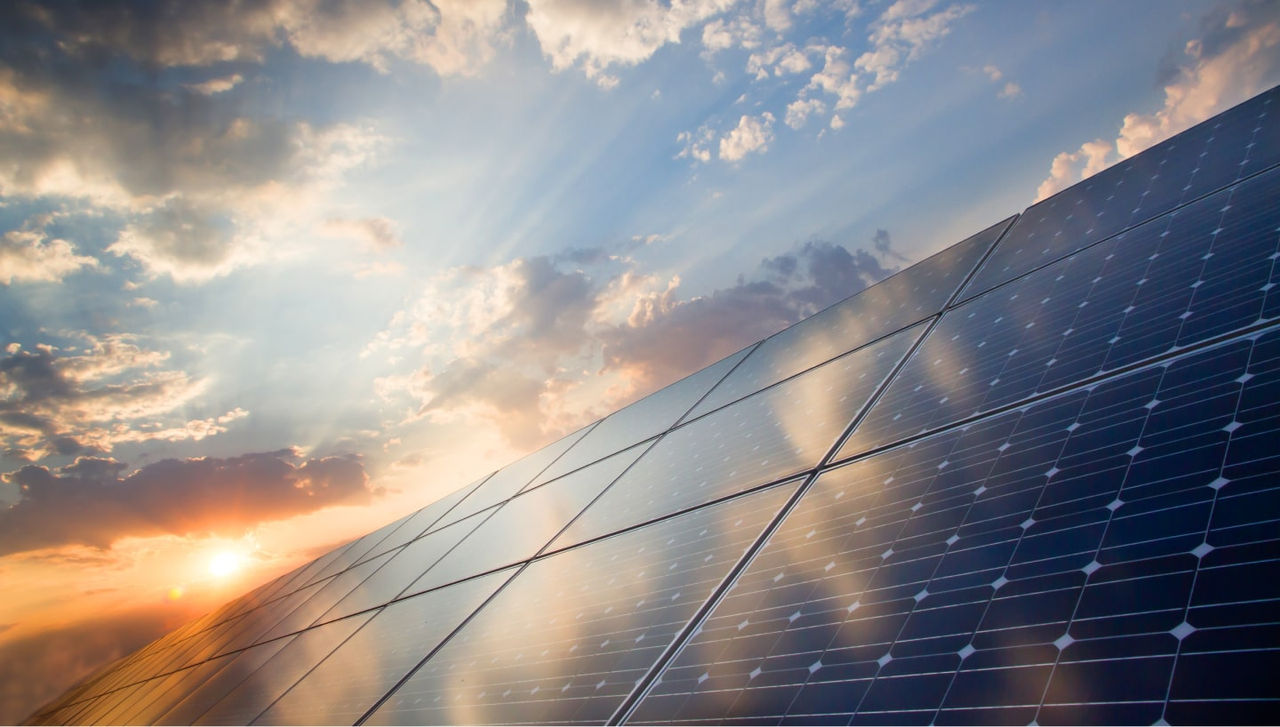©2025 Pacific Gas and Electric Company
IMPORTANT
Solar
Information on solar for your home and business.
Electric vehicles (EV)
Find out how to buy the right EV for you, compare rate plans and more.
Battery storage
Keep the power on at your home or business during planned or unplanned outages.
The Clean Energy Calculator
Get personalized cost and savings estimates for heat pumps, solar, battery storage and other clean energy products.
EV savings calculator
How much can an EV save you? Find out today.
EV fleet calculator
Save your organization money. Switch one or more vehicles to electricity.
Clean energy rates
Electric home rate plan
Discover the rate plan for an electric-powered home.
EV rate plans
You can lower your energy costs by enrolling in one of our EV rates plans:
- Home Charging EV2-A
- EV-B
Business EV rates
Both of PG&E's EV rate plans for business customers include on-site EV charging:
- Business low use EV rate – BEV1
- Business high use EV rate – BEV2
Renewable generation/ storage rates
- Option R rate modifier for large commercial customers with renewable generation or storage
- Option S rate modifier for large commercial storage
- B1-ST rate modifier for storage


